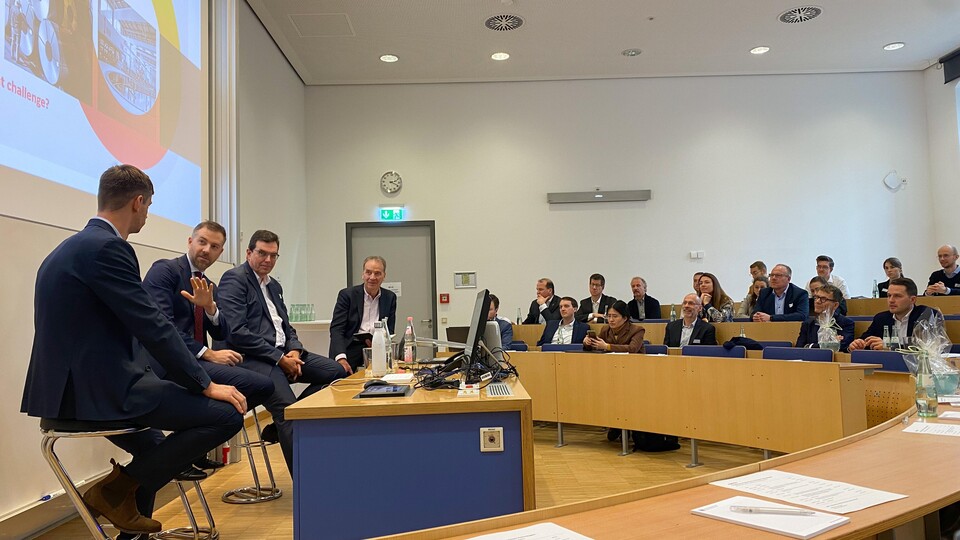Reflecting on an Inspiring Workshop

The workshop provided a platform for leading academics and industry experts to share insights and spark discussions. Tobias Schmidt (ETH Zürich) spoke about “Making governments better at picking winners – towards a technology-smart green industrial policy,” emphasizing the role of technology-specific deployment policies and exploring whether it is possible to identify winning technologies in advance. Gunther Glenk shifted the focus to hard-to-abate industries and their decarbonization needs in his talk, “Assessing the Cost of Industrial Decarbonization,” delving into the associated costs and challenges. Wolf Ketter (Universität zu Köln) introduced the audience to “Strategic Economic Management for Developing EV Charging Hubs: Asset Planning and Pricing Models,” proposing a capacity-based pricing model for electric vehicle charging hubs that has the potential to reshape aggregated private charging demands. David Keith (University of Chicago) concluded the academic talks with “An Introduction to Climate Engineering,” offering an engaging discussion on the benefits and risks of carbon removal and solar radiation management.
In addition to the academic contributions, the workshop featured an engaging industry panel showcasing cutting-edge climate technologies. Ivo Grabovac (Sunfire) highlighted the potential of green hydrogen, providing an overview of different electrolyzer types and completed projects. Stefan Blank (BASF) outlined BASF’s journey from grey to green, presenting their use of an internal H2-Grid, the construction of electrolyzers, wind parks, and a Renewable Carbon Unit. Mark Meldrum (Rondo Energy) introduced the innovative “Heat Battery,” a solution designed to store heat from electricity for industrial processes, asking the intriguing question, “Can a brick solve your heat challenge?”
We extend our sincere thanks to all participants for their valuable contributions to this vibrant exchange of ideas.
